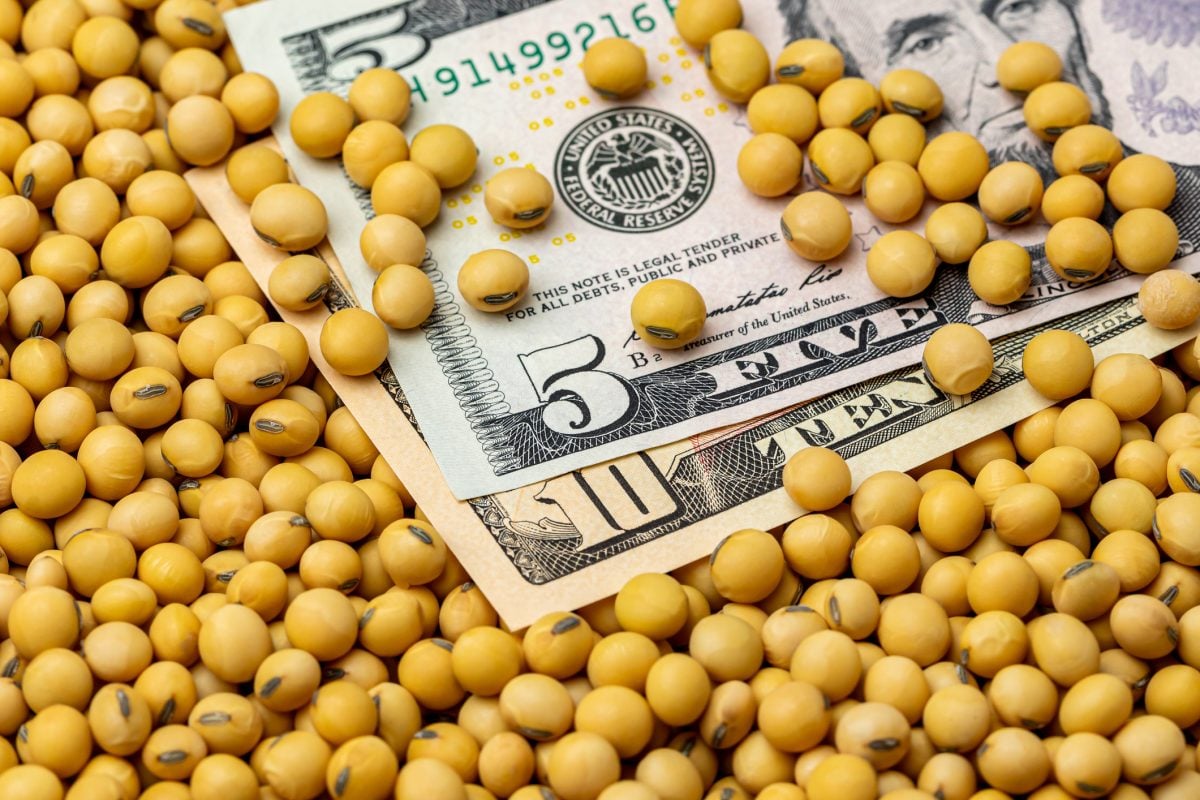Chicago | Reuters — Chicago Mercantile Exchange live cattle futures fell for a second straight day on Thursday, pressured by fallen cash and wholesale beef values, said traders.
June, which will expire on June 30, closed 0.875 cent/lb. lower at 118.625 cents (all figures US$). Most actively-traded August finished 1.075 cents lower at 114.275 cents.
So far this week market-ready, or cash, cattle in the southern U.S. Plains sold from mostly $120 to $123/cwt, down from $127-$133 in the region last week, said feedlot sources.
Processors paid less for supplies as beef prices at wholesale decline seasonally, said traders and analysts.
Read Also

U.S. grains: Soybean futures hover near 15-month high after China buys U.S. cargoes
Chicago Board of Trade soybean futures hovered near a 15-month high on Wednesday after trade sources said China made its first purchases from the autumn U.S. harvest ahead of a summit between leaders Donald Trump and Xi Jinping.
Packers are buying cattle without having to compete for them, which has significantly expanded their margins, a trader said.
Thursday afternoon’s U.S. Department of Agriculture (USDA) monthly cold storage report showed May total beef stocks at 412.87 million lbs., down from analysts’ projected average of 438.6 million.
Some investors might cover short positions before the weekend following the two-day futures slide, while others adjust positions before Friday’s USDA monthly Cattle on Feed report.
Live cattle futures losses and lower cash feeder cattle prices undercut CME feeder cattle contracts.
August feeders ended 1.2 cents/lb. lower at 143.45 cents.
Hogs pare recent gains
CME lean hogs settled in bearish territory for the first time in five sessions, pressured by technical selling and Thursday’s cash and wholesale pork price retreat, said traders.
July ended 1.05 cents lower at 85.025 cents and August 2.35 cents lower at 79.875 cents, below the 10-day moving average of 80.595 cents.
Hog numbers may be rising counter seasonally as moderating temperatures in parts of the Midwest causes pigs to grow quicker, making them more available to processors, said traders and analysts.
They said wholesale pork prices tend to top out around late June, after retailers fill inventories for U.S. Fourth of July holiday grilling advertisements.
The U.S. government on Thursday put total pork in cold storage last month at 592.127 million pounds, up from the 572 million average forecast.
— Theopolis Waters reports on livestock markets for Reuters from Chicago.











